With winter driving people indoors, air quality monitoring becomes even more important. If you have been following SmartHomeScene’s review channel you already know I take air quality seriously. I have already tested and reviewed a lineup of high end monitors like the AirGradient ONE, AirGradient OpenAir, Apollo AIR-1, INKBIRD IAM-T1 and Aqara S1.
The airQ Air Quality Sensor in the Science edition I am reviewing today stands in a league of its own. It measures 14 different pollutants and you can expand it with about 10 additional sensors, which makes it one of the most comprehensive consumer air quality monitors available today. It’s a beast of an air quality monitor, unlikely anything I’ve encountered before.
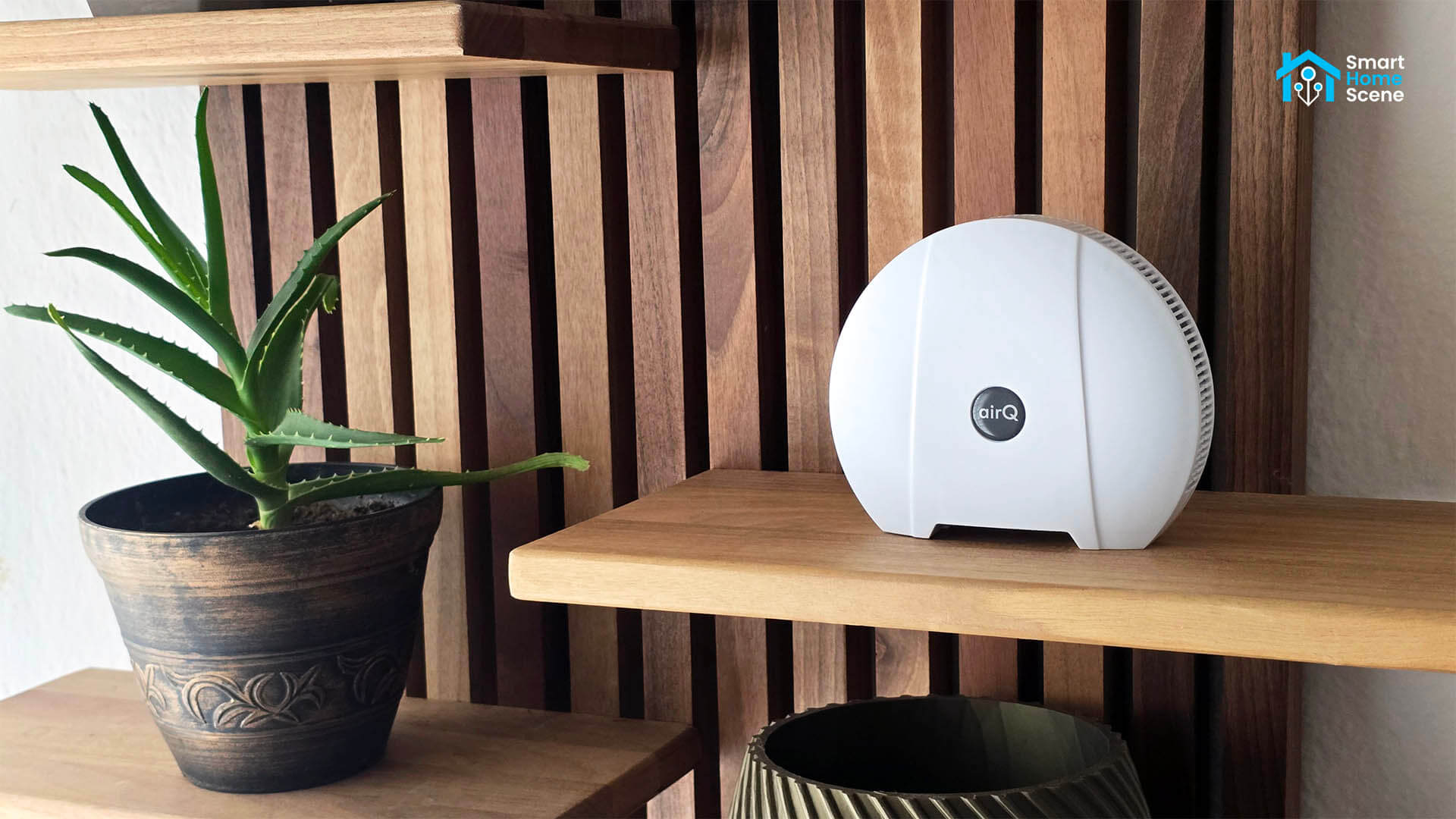
I have had this sample for a while and I can now confidently share a complete review of the airQ Science. This device is not cheap, by any measure. The price varies a lot depending on the version you choose and which sensors you include. You can get it on their official website or Amazon.de.
Device Overview and Disassembly
The airQ Science air quality sensor ships in a nice box containing the device itself, a user manual, a power adapter and a USB-A to USB-C cable. The cable is quite lengthy, allowing you to install the sensor further up on a shelf or bookcase.
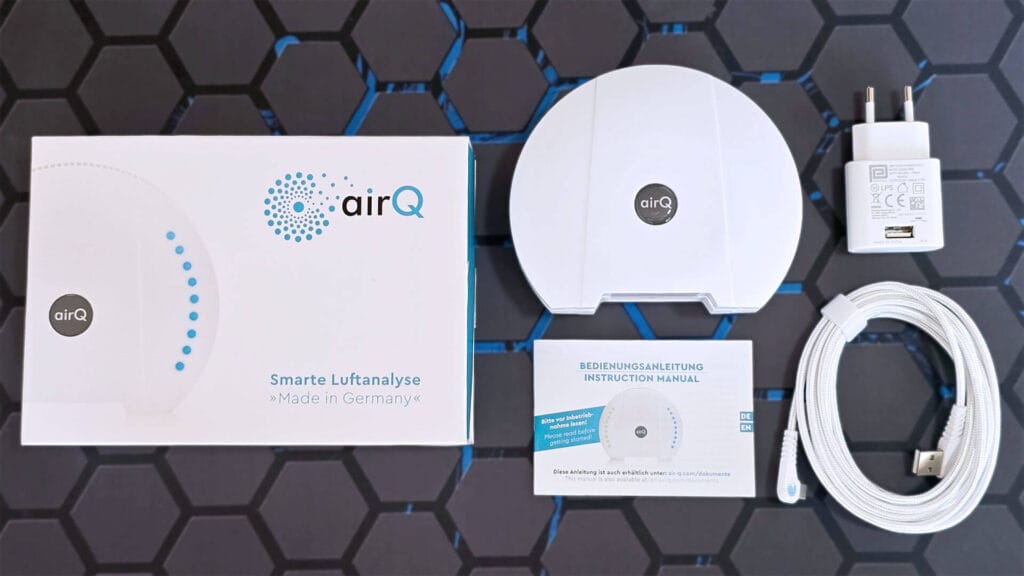
The device enclosure is fully meshed on all sides including the bottom. This design allows air to circulate continuously which helps deliver more accurate readings. After opening the unit I noticed that the main PCB is professionally designed and finished. The components are neatly arranged and it appears the device uses a mix of sensors from different manufacturers to gather air quality data. The green round boards going around the case on either side hold the LED indicators, both front and back.
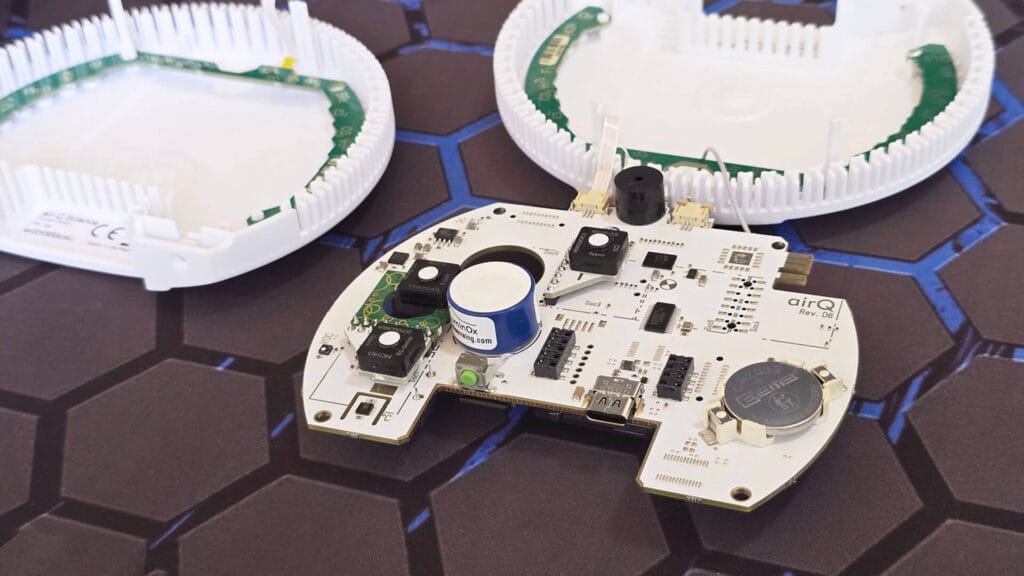
The airQ Science is equipped with sensors on both sides of the main PCB. What’s more, it even has space for additional or peripheral sensors you can order on request. From my examination, I managed to identify the following sensors:
- PM1/PM2.5/PM10 – Plantower PMSA003
- CO₂ – Tempus TES0903
- CO – EC-Sense N/A
- VOC – Sensirion SGP40
- O₂ – LuminOx LOX-O2
- HCHO – EC-Sense ES1-HCHO-5
- NO₂ – EC-Sense ES1-NO2-5
- O₃ – EC-Sense ES1-O3-5
- Temperature/Humidity – Sensirion SHT3x
- Noise level sensor
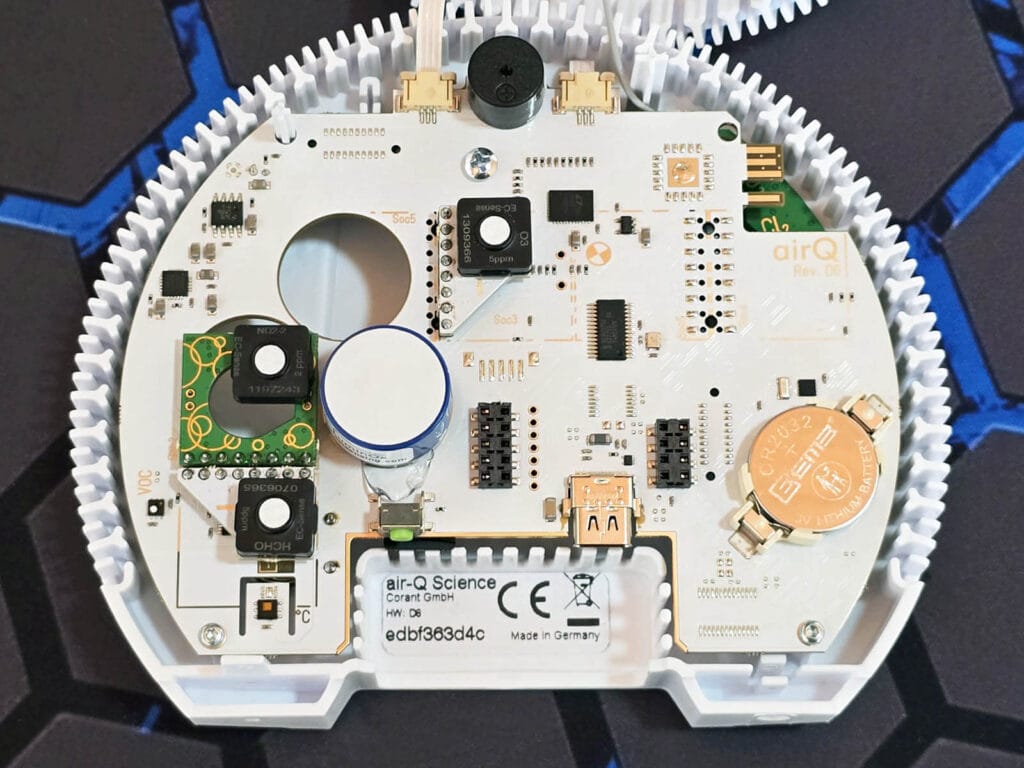
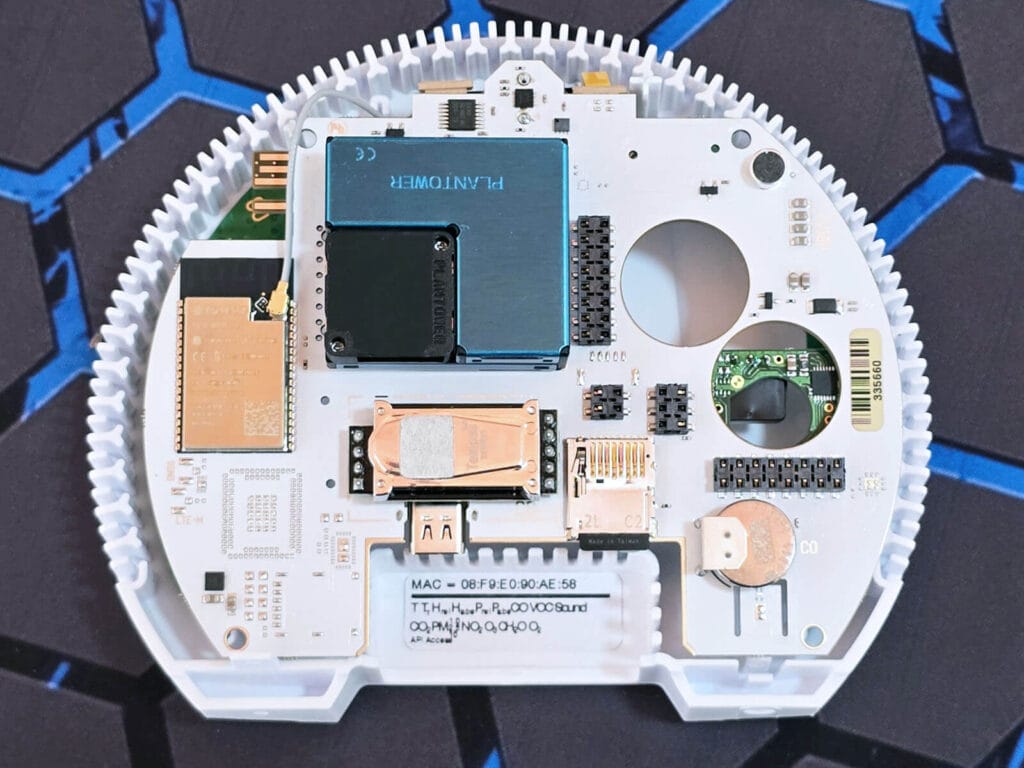
An overview of the sensors
I did a little digging in each sensor used in the airQ Science air quality monitor. I wanted to find out how each one works and ultimately how does each compare to other sensors I’ve encountered in consumer air quality monitors.
The Plantower PMSA003 particulate matter sensor used in the airQ Science is a proven laser-based sensor commonly found in higher end home air monitors. It has a known lifespan of more than 8 to 10 years in continuous operation and is trusted for providing stable PM1, PM2.5 and PM10 readings. Plantower PM sensors are widely used in commercial products like the AirGradient series, air quality metering stations and various smart home air monitors, which speaks volumes about its reliability in long term consumer use.
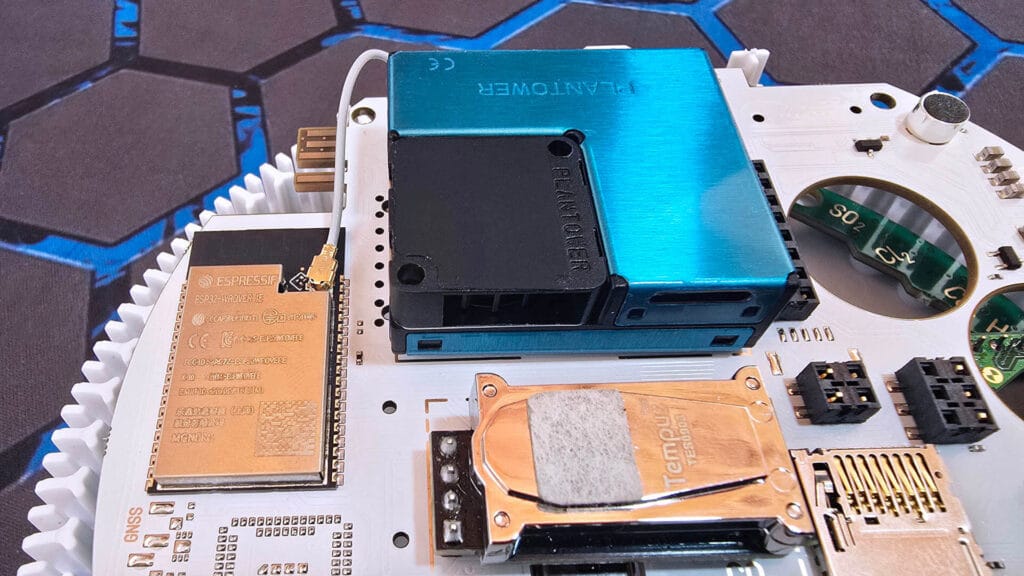
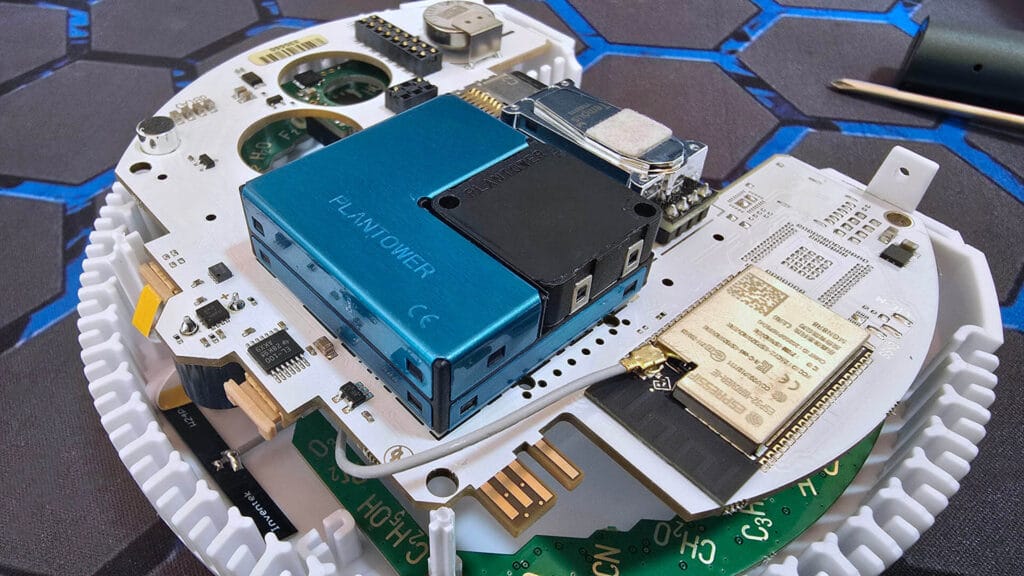
The airQ Science uses a Tempus TES0903 CO₂ module, a dual-channel NDIR sensor, which is typically found in more industrial applications according to my research. Dual-channel NDIR sensors like this one measure both the sample and a reference channel which helps maintain calibration accuracy over time and reduces reading drift. To my knowledge, most consumer air quality monitors use either the SenseAir S8 or Sensirion SCD30/SCD4x sensors. These are also NDIR-based, with Sensirion models using a compact photoacoustic NDIR design aimed at low-power and space-constrained devices.
The Tempus TES0903 used in the airQ Science has an accuracy of ±50 ppm or ±3 percent which is comparable to the Sensirion SCD30 at ±30 ppm ±3 percent and the Sensirion SCD40/SCD41 at ±50 ppm ±5 percent and slightly more stable over time than the single-channel SenseAir S8 rated at ±30 ppm ±3 percent due to its dual-channel NDIR design.
The LuminOx LOX-O2 oxygen sensor used in this device is not a sensor I have any experience with. My research tells me this is an optical fluorescence sensor, which means it does not degrade through use and maintains stable readings over long periods. It appears LuminOx sensors are commonly used in industrial and medical monitoring applications where long-term reliability is required.
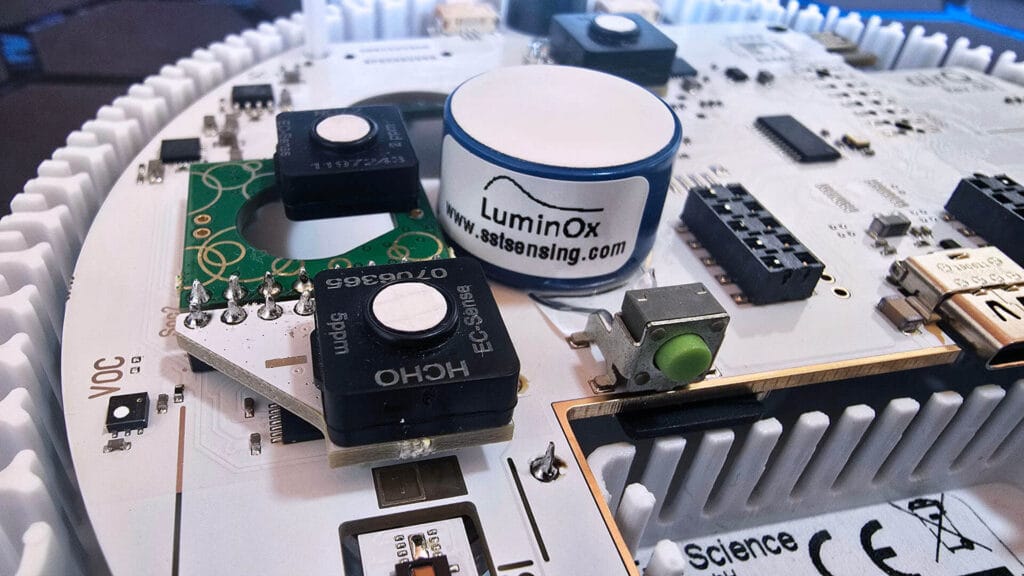
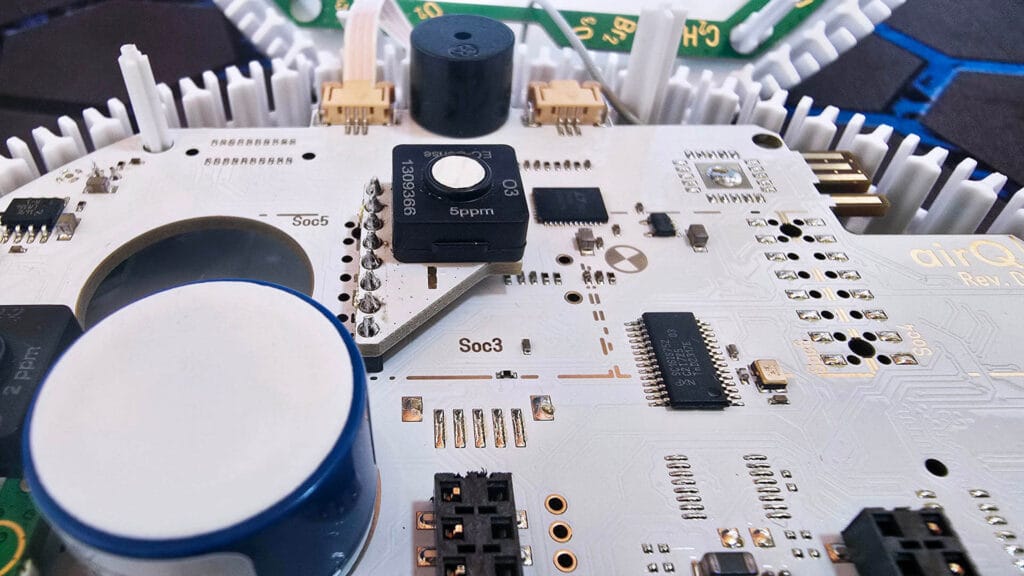
The airQ Science uses solid polymer electrochemical gas sensors from EC-Sense for gases such as CO, NO₂, O₃ and formaldehyde. These sensors detect gases through a direct chemical reaction on a solid polymer electrolyte, generating a precise electrical response even at very low concentrations. These gas cartridges have a lifespan range from 3-5 years, after which they need to be replaced.
Finally, the Sensirion SGP40 VOC sensor is used to detect general volatile organic compounds in the air and generate an indoor air quality index rather than reporting specific gas concentrations. The SGP40 is a next-generation MOX sensor designed to be more stable and less prone to humidity influence compared to earlier VOC sensors.
Overall, the airQ Science has an excellent selection of air quality sensors. It is clear that no shortcuts were taken in the hardware design, and every sensing module was chosen for accuracy and reliability rather than cost reduction. This approach results in a device that is noticeably more expensive than typical home air quality monitors. To be fair, the Science model is not advertised as a domestic air quality monitor. The more affordable airQ Basic and airQ Pro versions are the ones intended for everyday home use and general air quality awareness.
Home Assistant Integration
The airQ air quality sensors integrate locally with Home Assistant via the official airQ integration. What’s more, you do not need to create an account to onboard the device or attach it to the cloud. The whole pairing process feels very user-privacy focused, allowing you to choose when and where you send your data. Huge props to airQ for not making their devices cloud-dependent!
To actually pair airQ devices to Home Assistant, you need to connect it to your home network first, on the same LAN as your HA server. You can do that with the app, which gives you several methods of doing this, including connecting to a fallback hotspot. This is a similar process for onboarding ESP32-based devices, like Apollo or AirGradient sensors. Here’s how it looks like in a few screenshots:
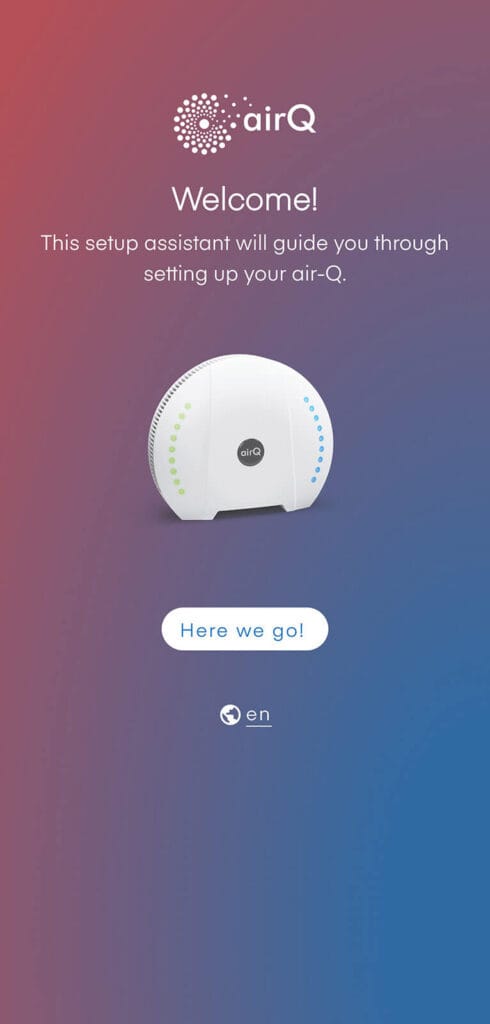



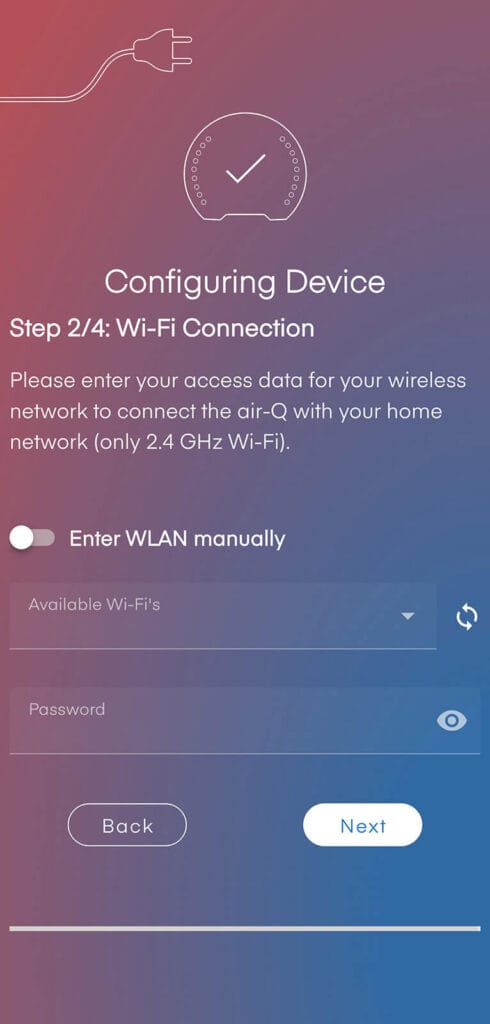

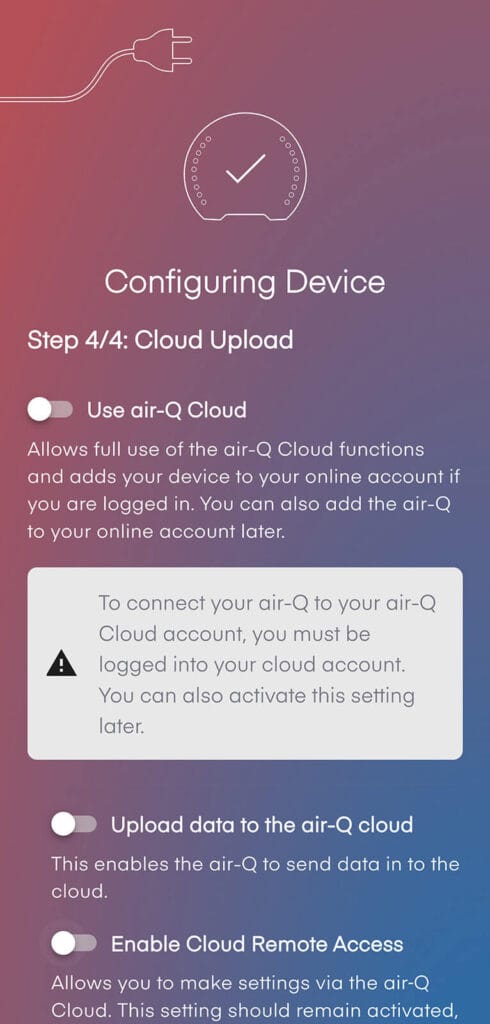
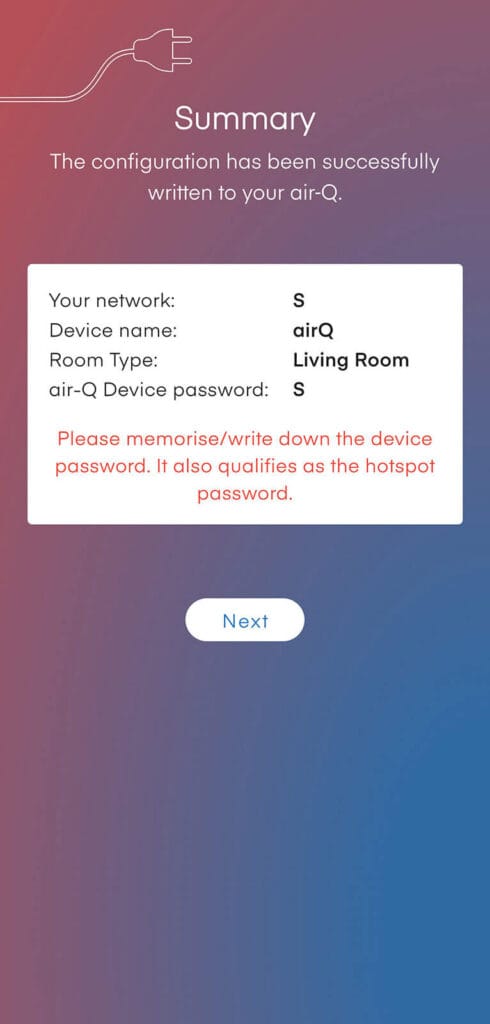
Besides onboarding, you also need the app for firmware updates, which can also be done locally and without an account. I updated the airQ science to the latest version, which enabled a few new features like Mold formation risk sensor, exporting data as CSV and a complete code overhaul.
Once the device connects to your home network, you simply add the airQ integration, input the IP address of the sensor and enter the password. This password is saved locally on the device, which you create during the initial pairing. The default password is airqsetup. Here’s what the airQ Science exposes in Home Assistant:

It’s important to note that some sensors like Ozone or Carbon Monoxide have a warm up time. They will not update in Home Assistant until they are ready, which may take up to an hour. These sensors will stay in their unknown state until an update is pushed.
Real-world accuracy
To test the real-world accuracy of the airQ Science, I installed it in my home next to my AirGradient ONE monitor. I collected data over a few days and generated comparison graphs in Home Assistant to observe any variations. I focused on CO₂ and PM readings, and here is what I got:
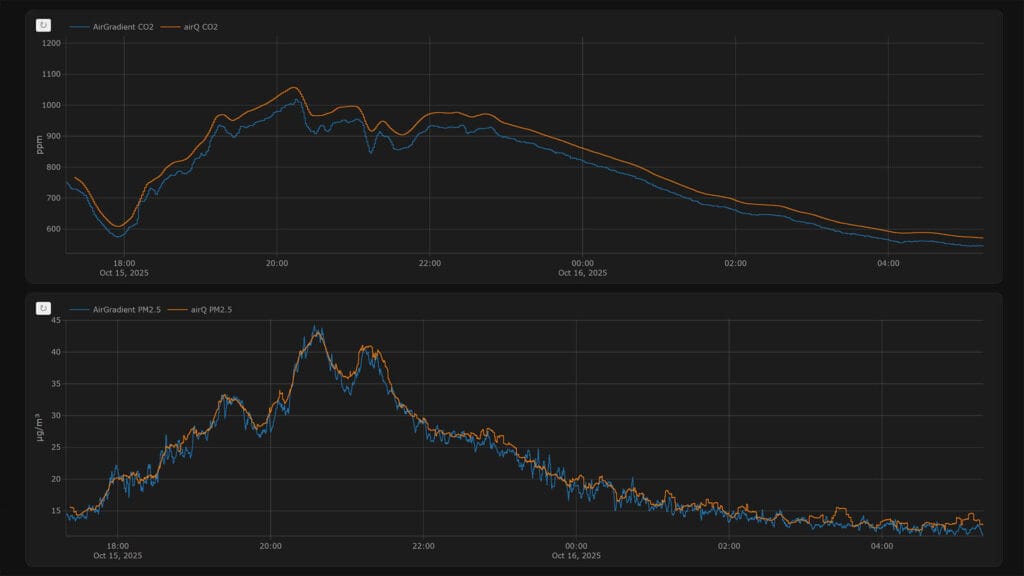
The CO₂ graph shows that both sensors follow the same trend, reacting to rises and drops in indoor CO₂ levels at nearly the same time. The airQ Science consistently reads slightly higher than the AirGradient ONE, but maintains a stable offset rather than fluctuating randomly. This behavior aligns with what you would expect from two different NDIR sensors with slightly different calibration points. Now, which one is lab-accurate is impossible to tell.
For PM2.5, both devices again follow the same trend closely, with peaks and dips happening at the same moments. The airQ tends to report slightly higher values during activity peaks but converges back to the AirGradient baseline once the air settles. The PM values are much closer, which I expected considering both use Plantower particulate matter sensors.
Final Thoughts
The airQ Science is clearly a high-end air quality monitor, and considering its price, that is exactly what I expected. It feels like a premium device built around serious sensor hardware meant to deliver accurate and stable readings rather than just basic air quality trends.
While the airQ Science is not positioned as a typical home-use monitor, it absolutely makes sense for anyone who takes indoor air quality seriously and wants more than a simple consumer gadget. For most households, the airQ Basic already covers the essentials, and the airQ Pro adds a few focused gas sensors for users who want a bit more insight without going into full analytical mode. The Science edition is clearly aimed at people who want full control and real diagnostic data. For people who want to monitor Radon (Rn) as well, the company offers the airQ Radon or airQ Radon Science variants.
One of the biggest advantages worth highlighting is that airQ devices operate fully locally. They do not require an account or cloud connection, and all data can be accessed over your own network and integrated directly into Home Assistant. For a Wi-Fi smart device, this level of privacy and local control is rare, and airQ deserves credit for choosing user privacy over vendor lock-in.
With that said, it’s important to highlight that air-Q devices are not cheap or affordable. You get what you pay for, I guess. Here’s where you can get them:
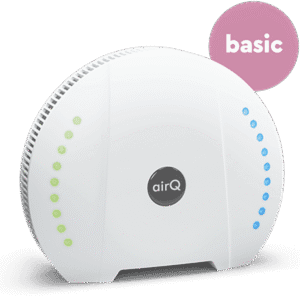
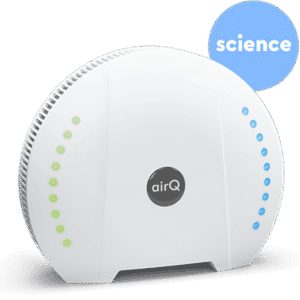
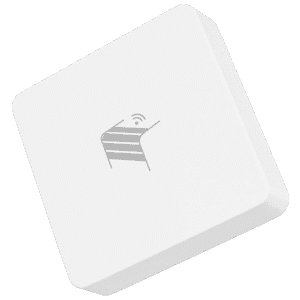
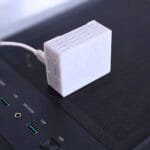
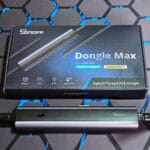
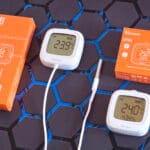


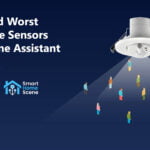

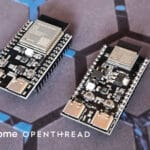

Is this device only available in EU, is it possible to have this in US?
Excellent review, thank you for that!
You are welcome!